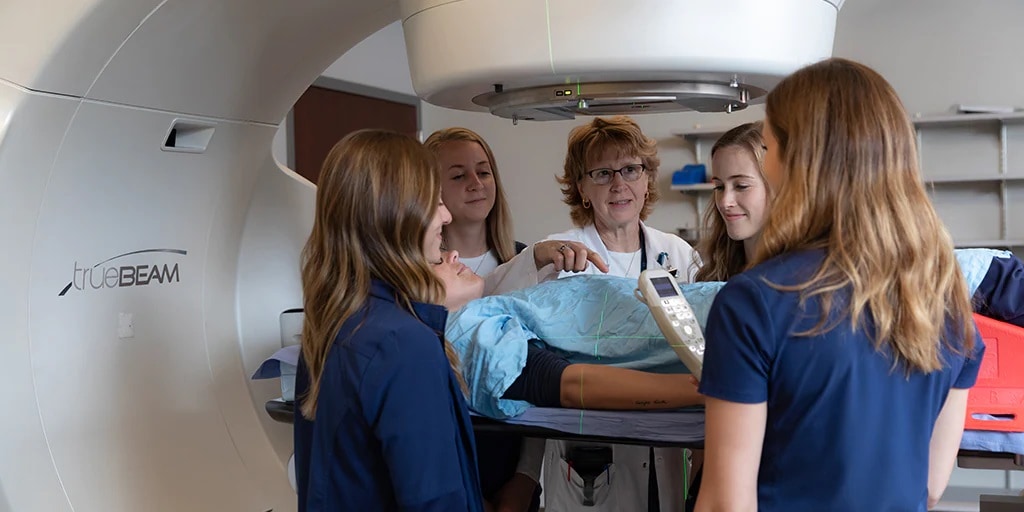$100 million new donation to Mayo Clinic’s proton beam breast cancer therapy program

The privately held Bayport, Minnesota-based Andersen Foundation is donating $100 million to the Mayo Clinic proton beam therapy program.
At Mayo Clinic, one of the first decisions specialists make after diagnosis is whether radiation is appropriate. Mayo Clinic offers a wide range of radiation treatments, including radioactive implants (brachytherapy), traditional radiation (photons) and proton beam.
For many people, strategically administered conventional radiation is the best treatment. But others require a different form of radiation, especially those with tumors next to and in vital organs, those who are sensitive to radiation’s side effects, and children, whose tissues are still developing.
At Mayo Clinic, you’ll work with your doctor and a team of specialists dedicated to developing an individualized plan that is best for your specific needs. Together, you will plot a treatment course that ensures that you receive the treatment with the highest success rate and fewest side effects.
Mayo Clinic specialists have a wide range of therapies available, based on the patient’s condition, needs and, in some cases, genetics. Choices include surgery, chemotherapy, traditional radiation and proton beam therapy. A patient may receive one or a combination, depending on their needs.
More than half of all people with cancer receive radiation therapy. The reason is simple: It’s effective. Radiation directs intense energy at cancer cells to destroy the genetic material that controls cell growth.
Unfortunately, radiation affects both healthy and cancerous cells. So the doctor using conventional radiation therapy (X-rays) has to balance killing cancer cells with preserving healthy ones. As a result, doctors often reduce the optimal X-ray radiation dose required to kill cancer cells.
Traditional X-ray treatment delivers radiation to everything in its path. That means tissue in front of and behind the tumor receives some damaging radiation. Most adult bodies can absorb and repair such collateral damage. But if the tumor is next to or in a vital organ, such as your brain or heart, traditional radiation can pose additional risks.
Traditional radiation isn’t ideal for children either. Their organs are still developing and damaging them with radiation can cause health issues later in life, some of which are growth problems, hearing and vision loss, heart disease, and additional cancers.
It uses the positively charged particles in an atom (protons) that release their energy within the target: the tumor. There is a small amount of entrance radiation, but virtually none travels beyond the tumor. Because proton beams can be much more finely controlled, specialists can safely deliver higher doses of radiation to tumors.
Proton therapy is beneficial in the treatment of many kinds of tumors, including brain, breast, esophageal, eye, gastrointestinal, gynecological, head and neck, liver, lung, lymphoma, prostate, soft tissue, spine, and many pediatric cancers.

